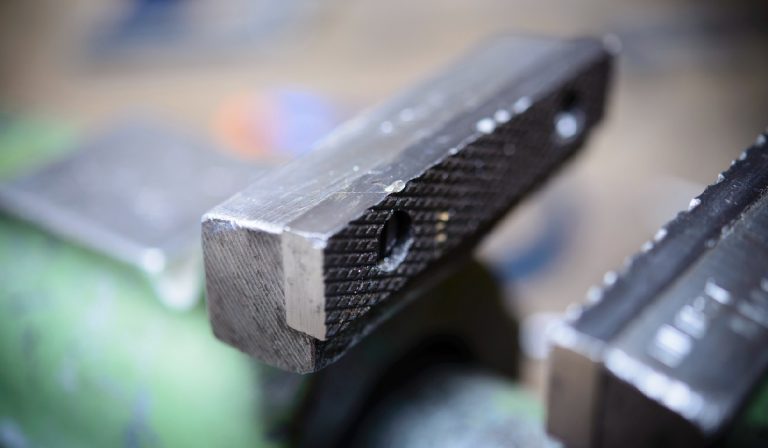Manual vs. Electric Screwdriver: Which Is Best for Your Project?

Do you have a project that requires screws to be installed, but you’re not sure which kind of screwdriver to use? This article will help you decide whether a manual or electric screwdriver is the right choice for your project. We’ll compare the pros and cons of each type of screwdriver and help you decide which one is the most efficient for your needs.
We’ll look at the different types of manual and electric screwdrivers, discuss the capabilities of each, and explain how to choose the right one for your project. If you like DIY projects and learning about tools, this post is for you.
Manual Screwdrivers
Manual screwdrivers are manually operated and require strength and skill to use effectively. Manual screwdrivers come in flathead and Phillips head. Both types feature a handle and a shaft of varying lengths with tips shaped to fit snugly into the head of the screw.
Electric Screwdrivers
Electric screwdrivers offer an easier and more efficient way to drive or remove screws than manual screwdrivers. These tools are powered by electricity and feature multiple torque settings that allow you to adjust the power level as needed for different screws. Electric screwdrivers usually come with interchangeable tips that can be swapped out depending on what kind of fastener you are using. This feature makes them more versatile than manual screwdrivers and makes them ideal for large projects involving hundreds or thousands of screws.
Advantages of Manual Screwdrivers
Cost
The primary benefit of manual screwdrivers is cost. They are typically much less expensive than electric screwdrivers. Manual screwdrivers also tend to be smaller, lighter, and easier to store than electric models, making them perfect for people who are short on space but still need an effective tool for their projects.
Physical Demand
Manual screwdrivers require physical exertion to twist them when driving or removing screws. This movement is a good workout for your arms and shoulders and helps build dexterity so that you can become better at using manual tools.
Versatility
Manual screwdrivers also offer more versatility than electric models because they do not require electricity or batteries. This feature makes them ideal for use in places where no power source is available, such as outdoors.
Advantages of Electric Screwdrivers
Speed
Electronic models are faster than manual ones because they do not require any physical exertion on your part. All you need to do is press down on the trigger, which activates the motor inside the device to quickly drive or remove screws with ease. Many electric models come with variable speed settings that you can adjust.
Torque Settings
Electric models feature adjustable torque settings that allow you to increase or decrease the amount of power from the device. This setting allows you to select exactly how much torque you need for different types of screws, reducing the risk of damaging your project or the tool itself if too much force is applied.
Dependability
Most electric models come with warranties that guarantee their reliability. These warranties often last much longer than those offered with manual tools, giving you peace of mind knowing that your investment is protected against defects or breakdowns due to normal wear and tear.
When To Use Manual Screwdrivers
For light-duty jobs, such as hanging pictures or assembling furniture, a manual screwdriver is typically all that is necessary as there aren’t many screws involved or force needed in these types of tasks. Similarly, if you’re working on a smaller DIY project, such as building a bookshelf or putting together a desk chair, a manual screwdriver should suffice. If you need to establish pilot holes before driving larger screws into wood, then it would be a good idea to use a manual model.
When To Use Electric Screwdrivers
For larger jobs, such as construction work or high-volume production tasks, an electric model is better because it can deliver a consistent level of torque and speed. If you’re working on a job that involves dense materials, such as concrete foundations or steel beams, an electric model will provide adequate torque levels needed without sacrificing accuracy. For carpenters needing repeatable results while on tight deadlines, an electric model provides consistency in application.
Maintenance
Whether you decide to use a manual or electric model, maintenance is crucial in ensuring your tool stays in good shape. Regularly inspect all of the components of your screwdriver and replace them as necessary. You should clean your tools well after use and store them in a cool, dry place. Check the cord on your electric screwdriver regularly to ensure it is in working order.
Conclusion
The decision between a manual or electric screwdriver ultimately comes down to personal preference. Consider factors like your budget, the number of screws involved in the job, and your skill level when making your final decision. No matter what type you choose, make sure to maintain it properly. With these tips, you can ensure that you are always working with the best tools possible.



